Yoga for Arthritis: Ease Pain, Find Possibility
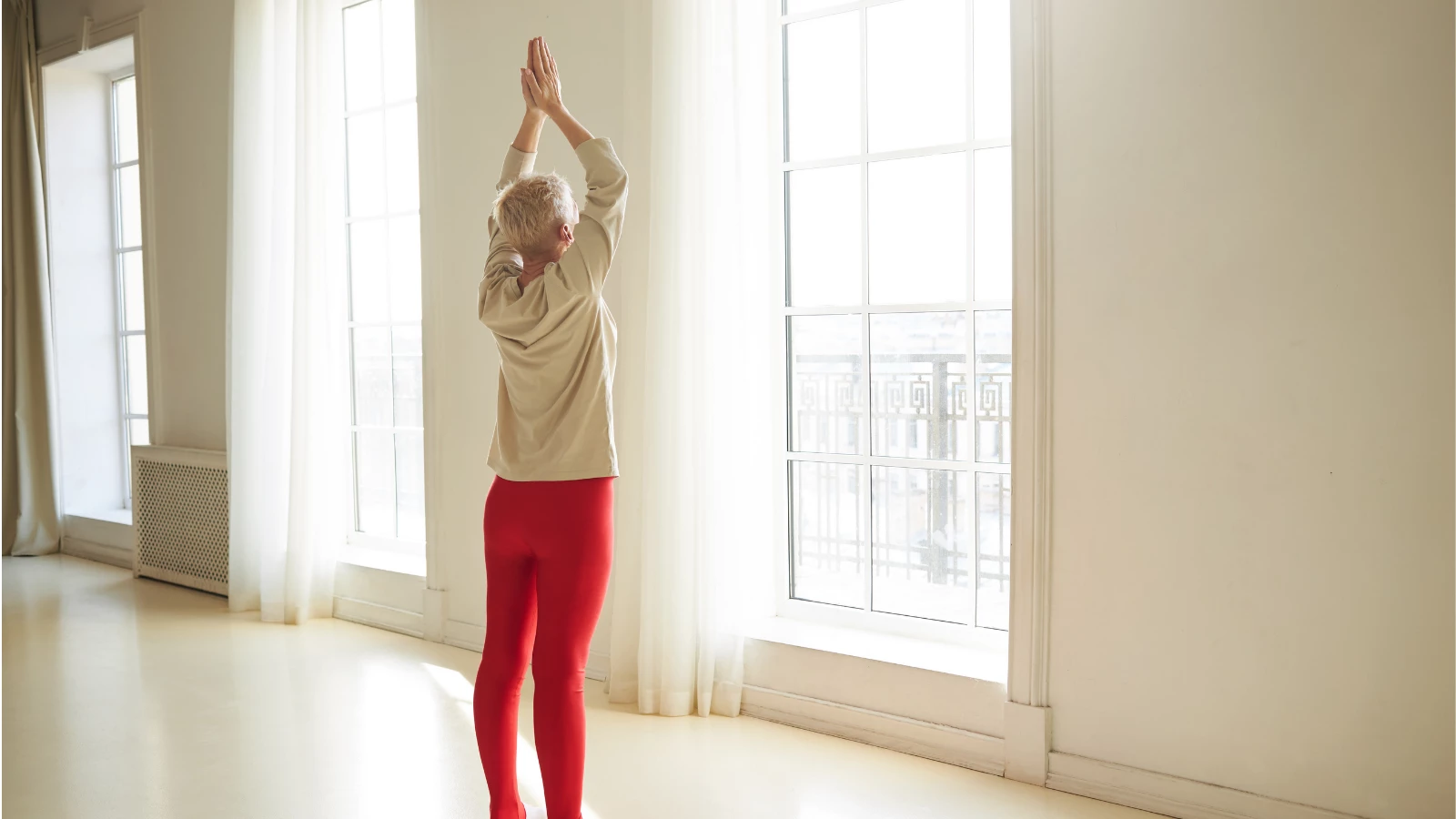
Arthritis is no fun and no joke. Pain, loss of function and range of motion, and sensitivity to touch are just part of the equation. We may also experience frustration and sadness at physical discomfort and that certain activities we used to enjoy become more challenging or even no longer possible. Can yoga for arthritis, as a complementary treatment, bring a sense of ease?
How does arthritis happen in the first place? Cartilage in between our joints allows for smooth, pain-free movement. Arthritis symptoms come from damage to or wearing away of that cartilage. Osteoarthritis typically manifests later in life and results from wearing away of cartilage over the years. Rheumatoid arthritis is an autoimmune disorder in which the body sees cartilage between joints as a dangerous foreign invader, and therefore begins to break it down. As a result, it often has an onset earlier in life than osteoarthritis.
Gentle, Mindful Yoga
In either type of arthritis, keeping joints moving is vital for maintaining mobility and strength, thus sustaining physical functionality, independence, and quality of life. Yet movement for those experiencing arthritis can be painful or intensify other symptoms of the condition, at least in affected areas of the body. Physical activity in these cases, therefore, has to be methodical, mindful, and highly adaptable. Supports such as props as well as openness to resting, resetting, and taking a gradual, gentle approach are essential in alleviating arthritis symptoms.
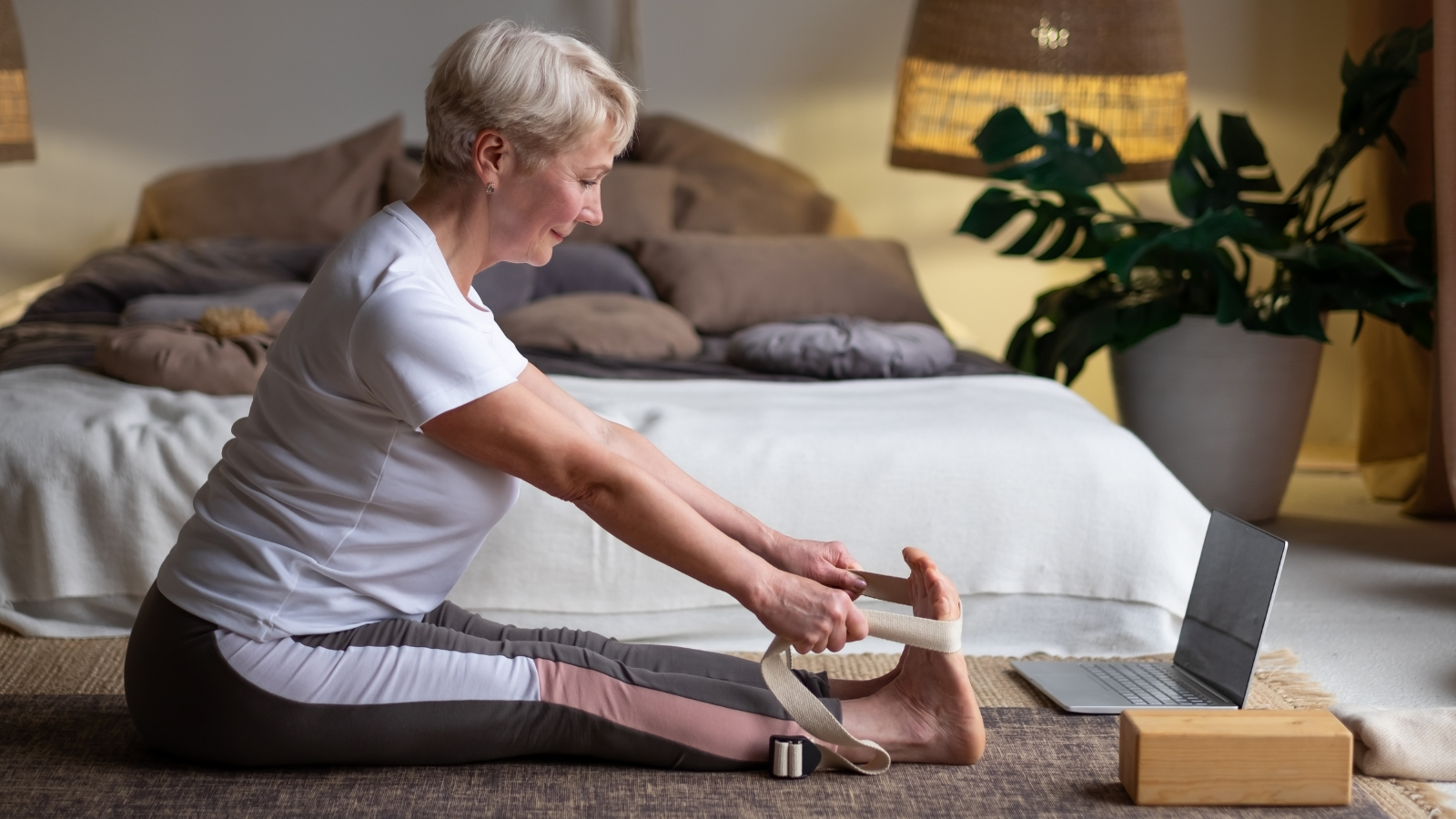
Yes, you guessed it, that’s yoga. Apart from the physical considerations of movement and arthritis, gentle yoga can also offer a greater sense of calm and acceptance, and detachment from an idea of what “should” be (rather than what is). Though more research must be done on the link between anxiety and pain, preliminary findings (two studies: one and two) show that suffering may have a mental and emotional component. Pain is objective, as a protective signal from the body, but suffering can be subjective.
Does yoga for arthritis really work? Does it have real benefits? Research has shown that gentle yoga and mindfulness can modestly reduce pain, improve functionality and improve social/emotional dynamics. Yet more rigorous research must be done before we can confidently describe yoga’s potential to ease arthritis symptoms.
If you’re experiencing either type of arthritis at any stage of life, yoga can moderately ease the experience and help maintain your quality of life. With no side effects, other than time invested and a positive impact on overall holistic health, it’s worth a shot. Here’s a short, gentle yoga sequence for arthritis. As always, consult your doctor before beginning any physical or somatic discipline. And consider it an adjunctive rather than primary treatment for whatever condition you might be experiencing. Wishing you less pain and more possibility!
How to Practice Yoga for Arthritis
Seated Cat/Cow Poses (Marjaryasana/Bitilasana)
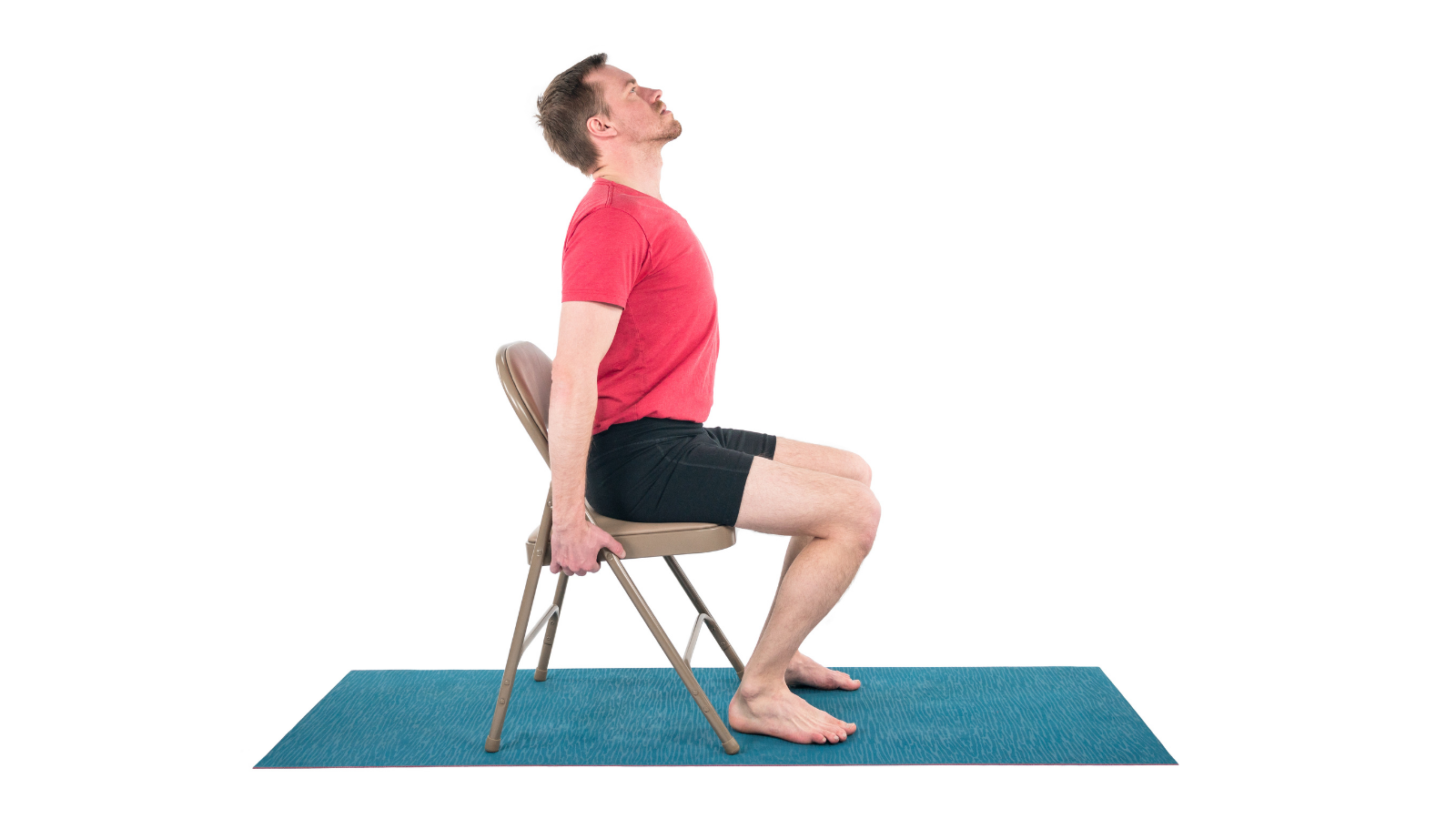
- Find a stable seat in Easy Seated Pose (Sukhasana) on one or two yoga blankets or a bolster. Sitting on one or two blocks is also an option, but might be less comfortable. If sitting and/or getting up and down from the ground is painful or otherwise feels inaccessible to you, sitting in a chair is a great modification. Wherever you are, check that your frontal hip points (the bony points in front of your pelvis that you can feel by palpating) are even with or higher than your knees, and not angling backward. If your knees are angling up above your hip points or your pelvis is tilting backward, sit up higher on extra support or switch to sitting in a chair.
- Take a few deep breaths before finding any movement. Imagine breathing in three dimensions, in all of the space between your pelvis and collarbones. Can you find a little more length through your torso as you breathe in? Can you maintain that length, but also release any tension in your body that you notice, as you breathe out?
- On a breath in, tilt your pelvic rim forward and shift your tailbone back to begin a curve through your lumbar spine. Lift your heart to the sky to find a mild backbend—Seated Cow Pose. Rather than flinging your head back, let it gently and naturally follow the movement of the rest of your spine. Move as slowly and gently as suits you. What matters is moving, any amount and at any speed.
- As you breathe out, tilt your pelvic rim back and dip your tailbone forward, toward your knees, to flex your spine in the opposite direction. This is your Seated Cat Pose.
- Repeat that flow 3 to 4 more times, coordinating breath and movement as feels most natural and nurturing for you. These are yoga-inspired movements to ease arthritis, as part of this sequence as a whole.
- Take three more deep, three-dimensional breaths before continuing with the sequence. Notice the resonance of breath and movement in your body.
Seated Side Bending Pose and Twist Pose: Yoga Poses to Help Ease Arthritis
- If you’re seated on a prop or props, change the cross of your legs, switching to have the left leg in front if the right is already in front, and vice-versa. Make sure that you’re still in the stable seat that you found before doing your Cat/Cow Poses.
- Reach your arms up to the sky, either forward and up or to the side and up. Soften your front ribs down toward your pelvis as you do so.
- Circle your left wrist with your right thumb and index finger. If that feels painful or inaccessible, simply place your right palm or fingertips on the mat or ground next to your right hip. If you’re practicing in a chair, place your right hand or fingers somewhere on the chair’s back right leg, if you’re doing this in a chair.
- Breathe in and see if you can find a little more length through your spine. Breathe out and sidebend toward your right.

- Maintain the sidebend for a few more breaths, prioritizing optimal length through both sides of your spine over achieving a “big” or “pretty” pose. Can you find a bit more space through your spine as you breathe in, and keep that length as you breathe out?
- Raise your spine back up to fully vertical, and feel lots of space through your torso, as you breathe in. Twist toward your right as you breathe out. If you are not holding the mudra (hand position), you can place the back of your left hand outside your right lower thigh to use it as a lever in the twist. Yet feel your abdominals initiating the twist, rather than using the lever of your arm to create it.
- Hold the twist for 3 to 5 breaths. Try to find just a bit more length and space through your spine as you breathe in, and just a bit more twist as you breathe out.
- Repeat steps 1-7 on your left side, beginning by circling your right wrist with your left thumb and index finger. Alternatively, you can place your left palm or fingertips on the ground or mat next to your left hip. As part of this sequence, these are yoga poses to help ease arthritis.
How to Do Half Sun-Salutations

- Come to Mountain Pose (Tadasana), standing tall with your arms by your sides or with your palms pressed together at the heart center (Anjali Mudra). If you feel unsteady, you could also remain in a chair or stand with your back to a wall. Ground down through your big toe mounds (the space in between your big toes and your inner arches) as you lift your inner arches. Soften your tailbone down toward your heels as your inner thighs spiral backward. Spread your shoulder blades across your upper back as you draw your front ribs in and toward your pelvis.
- As you breathe in, raise your arms and press your palms together overhead for Upward Hands Pose (Urdhva Hastasana). Are your ribs flaring out? Soften them in and down.
- As you breathe out, fold forward from your hip joints to Standing Forward Bend Pose (Uttanasana). Bend your knees as much as you may need to. If you’re against a wall and feel like you might fall forward, know that that’s a very natural response. But your body is smart and will most likely find a way to catch you. Either way, you’re close to the ground. If you’re seated, simply let your torso soften toward your thighs and gently hold anywhere below your knees that feels accessible and secure to hold.
- As you breathe in, lengthen your spine forward, lifting your torso upward slightly. Place your hands on your shins or your fingertips on the ground in line with your toes, if that is accessible. Keep a gentle bend in your knees. This is Halfway Lift Pose (Ardha Uttanasana).
- Release your torso back down to Uttanasana on a breath out.

- Raise your arms forward or to the sides and lift your torso, coming back to Urdhva Hastasana. Let your arms softly drop to your sides or take Anjali Mudra again.
- Repeat the sequence two to three more times, and then take a moment for stillness. Notice how you feel. What’s the quality of your breath? What messages are your body sending you?
Downward Facing Dog Pose (Adho Mukha Svanasana) at the Wall
- Stand facing a wall, three to four feet away (the latter if you’re on the taller side). Find your active Tadasana foundation in your feet and legs, and try to maintain that throughout the pose.
- Reach forward to place your palms on the wall, and bend forward from your hip joints so that your torso is roughly parallel to the floor. You may need to walk your feet toward or away from the wall in order to be able to practice with your arms straight. If you find that your back is rounding, walk your hands higher up the wall.

- As you breathe out, lengthen and lower your spine until your head is in line with your shoulders. Press into your fingers and palms and spin your triceps upward, activating from your hands up through your shoulders. This is your Downward-Facing Dog Pose at the wall, a variation of standing Downward-Facing Dog Pose with many benefits.
- Draw your abdominals toward your spine to stabilize and protect your back. If you know you have a very flexible spine, lift through your forearms and your armpits rather than sinking into your shoulders here.
- Hold this pose for a few more breaths, remaining active through your legs, arms, and core. If you’re experiencing pain or any other significant discomfort in the pose, of course, come out earlier. This is a great yoga pose for greater strength and mobility in cases of arthritis.
- Raise your spine back to vertical, and take some gentle wrist movements, any that feel accessible and nurturing to you, to release the work of this pose on your wrists.
This Downward Facing Dog Pose variation can place a good deal of pressure on your wrists, as the joints must be in full flexion (fingertips pointing straight upwards). If you have significant arthritis in your wrists, it might be more advisable to take a Puppy Pose, a Downward Facing Dog Pose variation with your knees on the floor.
If you prefer to practice in a chair, try this:
- Sit on the front edge of a chair seat with your feet planted on the floor under your knees.
- Lean forward so that your torso is at a diagonal angle, about 45 degrees. Avoid the tendency to tilt your head backward. Keep your neck and head aligned with the trajectory of your spine.
- Extend your arms out alongside your ears, and extend your wrists so that your hands are approaching a 90-degree angle to your forearms with your fingers pointing upward.
- Actively extend through your torso and arms while breathing and relaxing. Take 3 to 5 breaths here, staying only as long as you feel no strain. Then return to sitting upright.
How To Practice a Mantra and Mudra
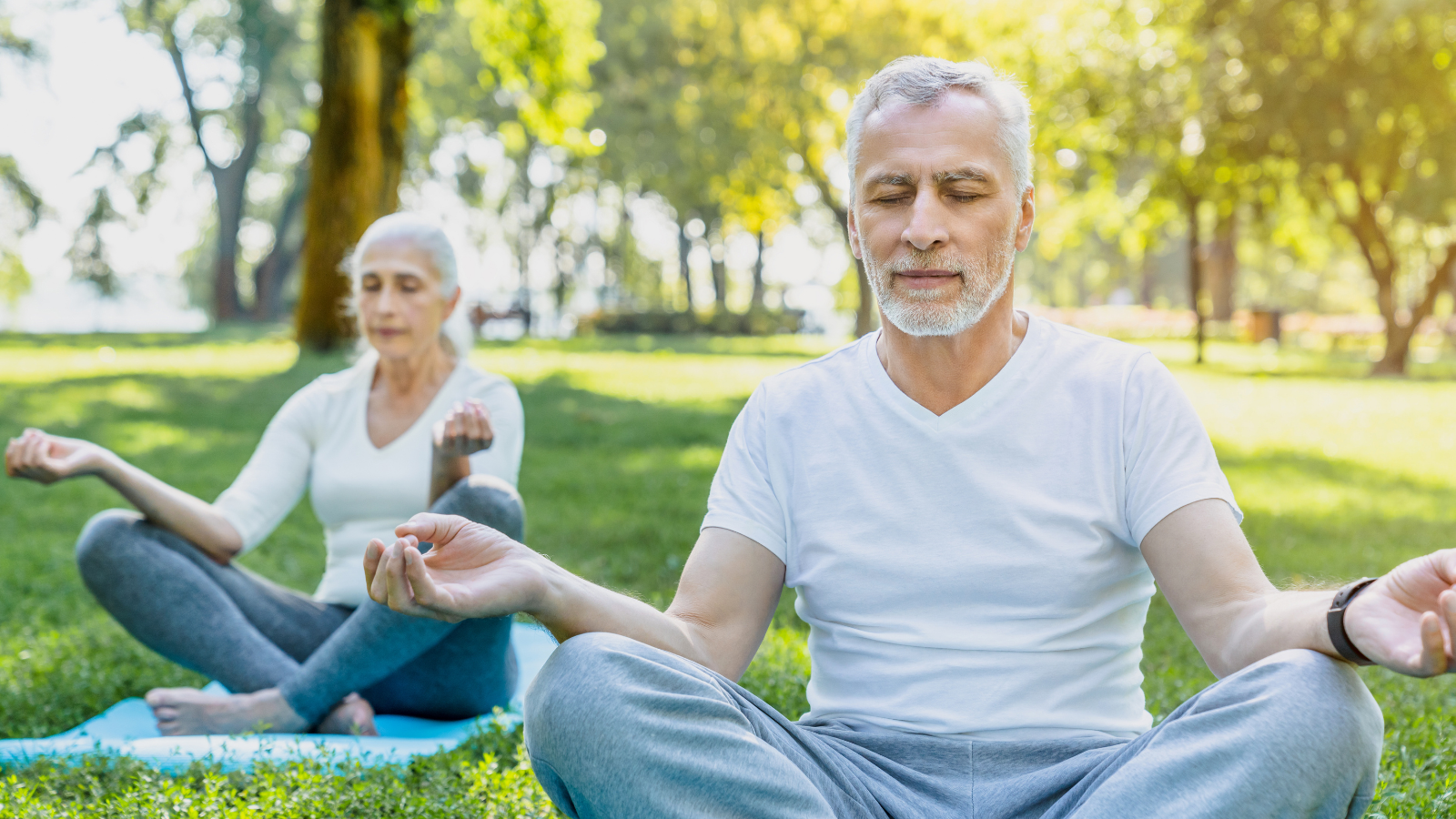
- Come to a comfortable, stable position, seated or standing. Feel your spine long, spacious, and sturdy in its natural curves. Close your eyes, or if that’s not comfortable for you, simply gaze softly forward.
- Bring to mind a four- to five-syllable mantra (simple repeated statement) that conveys ease and possibility, such as “I breathe smoothly,” “I can find more,” “I move calmly.” Use any of those, or come up with similar ones that might resonate with you more.
- As you say (or hear in your mind) your first syllable, touch your thumb and pinky finger together. If touching them together is painful or inaccessible, move them any amount closer to each other. Go as slowly and gently as you need to. With arthritis, continuing to move—any amount, to any degree—is very important.
- With your second syllable, touch your thumb and index finger together. If your thumb and finger don’t touch easily, move them toward each other, moving as slowly and gingerly as is best for you.
- Keeping those same principles, touch your middle finger and thumb together with your third syllable.
- Lastly, in the same way, touch your ring finger and thumb together with your fourth and last syllable.
- Continue that 5 to 10 more times. If you’re experiencing pain or other kinds of significant discomfort doing this, discontinue the movement. Any amount of movement is helpful (and necessary) in cases of arthritis, as is being kind to yourself.
A Visualization to Ease Arthritis-Related Pain
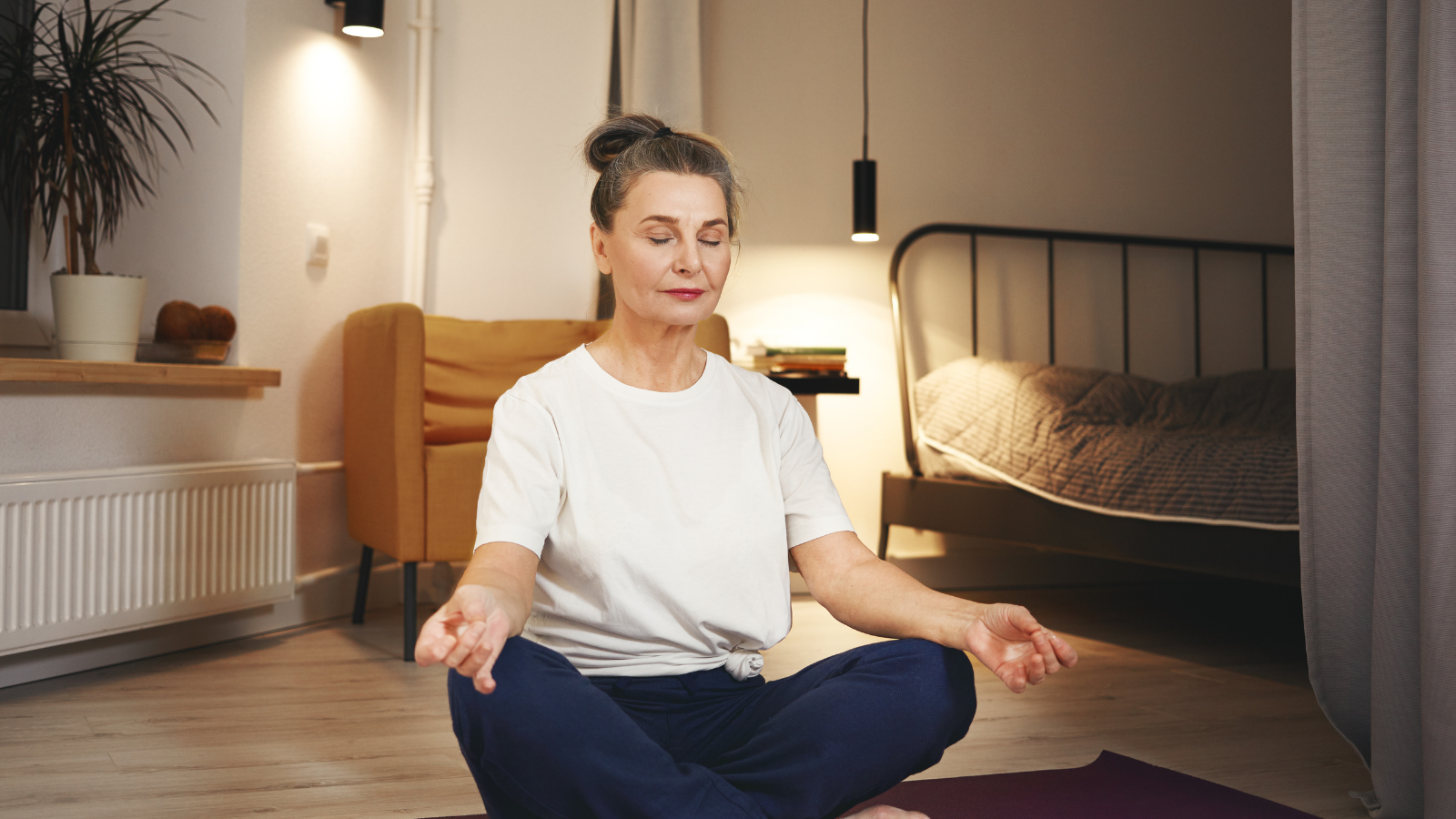
- Set a timer for two minutes.
- Take a moment to reset in your comfortable, seated position, eyes closed or gazing softly forward. Notice the quality of your thoughts and your breath. Are they spacious? Are they smooth? Can you find more ease in either or both?
- Think of a color that makes you feel calm, or just makes you smile. Maybe it’s simply your favorite color. What matters is that it brings greater ease to your mind, body, and spirit.
- Visualize any and all areas of your body that are affected by arthritis. Imagine that color radiating through the area or areas, softening, dulling pain, and rejuvenating. Maybe the corners of your mouth lift into a little smile. This visualization can’t magically “heal” arthritis, yet anxiety and fear around pain can sometimes sharpen it. Pain is objective, as a protective signal from the body, yet suffering is often subjective.
- Continue this visualization until your timer goes off. If your mind wanders, just bring it back to the process. It doesn’t matter how many times your mind wanders. Much of the point is that gentle, yet decisive coming back to your object of focus.
- Open your eyes if they are closed. Take a moment to acknowledge how you feel, and then continue on with your day. Notice if your gentle yoga for arthritis brings more easeful movement and more possibility to your day.
Also, read...
Lifestyle and Environmental Causes—and Solutions—for Rheumatoid Arthritis
6 Reasons to Practice Yoga to Relieve Arthritis Pain
5 Yoga Hand Exercises for Mobility and Ease
Related courses
Keys to Finding Inner Strength: A Yogic Wisdom Path to Developing Greater Resilience
Somatic Yoga for Fascial Unwinding
Kathryn Boland is an RCYT and R-DMT (Registered Dance/Movement Therapist). She is originally from Rhode Island, attended The George Washington University (Washington, DC) for an undergraduate degree in Dance (where she first encountered yoga), and Lesley University for an MA in Clinical Mental Health Counseling, Expressive Therapies: Dance/Movement Therapy. She has taught yoga to diverse populations in varied locations. As a dancer, she has always loved to keep moving and flowing in practicing more active Vinyasa-style forms. Her interests have recently evolved to include Yin and therapeutic yoga, and aligning those forms with Laban Movement Analysis to serve the needs of various groups (such as Alzheimer’s Disease patients, children diagnosed with ADHD, PTSD-afflicted veterans – all of which are demographically expanding). She believes in finding the opportunity within every adversity, and doing all that she can to help others live with a bit more breath and flow!
Resources
- https://pubmed.ncbi.nlm.nih.gov/31338685/
- https://www.ncbi.nlm.nih.gov/pmc/articles/PMC3026480/
- https://www.ncbi.nlm.nih.gov/pmc/articles/PMC6081169/
- https://pubmed.ncbi.nlm.nih.gov/30075589/
- https://www.sciencedirect.com/science/article/abs/pii/S0022399914003791
- https://www.sciencedirect.com/science/article/abs/pii/S0022395617308130





